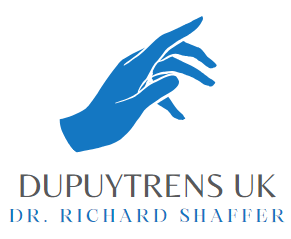There are several methods for consideration when looking into the treatment of Ledderhose disease. At The Dupuytren’s Practice, we’re experts in using radiotherapy, a non-surgical approach that is proven to manage and treat the lumps and pains associated with Ledderhose disease.
Ledderhose disease treatments
At The Dupuytren’s Practice, we specialise in the treatment of Ledderhose disease with radiotherapy. A simple, safe and non-invasive treatment using X-rays to improve the size of the lumps and reduce pain in the affected tissue.
There are other options for you to consider when looking into treatments for the condition. The most common are:
- Steroid injections – steroid hormones are injected into the nodule in an effort to reduce the growth and limit pain, however, these injections can be painful and frequently ineffective
- Orthotics – special inserts you place into your shoes to reduce pain and pressure when bearing weight on the foot
Effectiveness of radiotherapy for Ledderhose disease
Research shows that radiotherapy is very effective for the treatment of Ledderhose disease, with 79% of patients saying their condition had improved after an average follow-up of 2.2 years.¹ Many individuals described their feet as having an improvement in nodules (83% of cases), improved functionality (75%) and reduced pain (71%).
¹ Shaffer, R., Freeland, C., Jeevarathnam, I. and Pardon, L. (2018). EP-1694: Radiotherapy for Ledderhose disease of the feet. Radiotherapy and Oncology, 127, p.S909.
Ledderhose disease diagnosis
Your doctor should be able to confirm a diagnosis of Ledderhose disease after physical examination of the foot, as the location and appearance of the nodules are characteristic of the condition. Occasionally, you might need to have an ultrasound or MRI scan to confirm the diagnosis.
